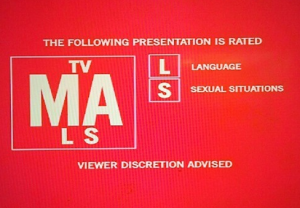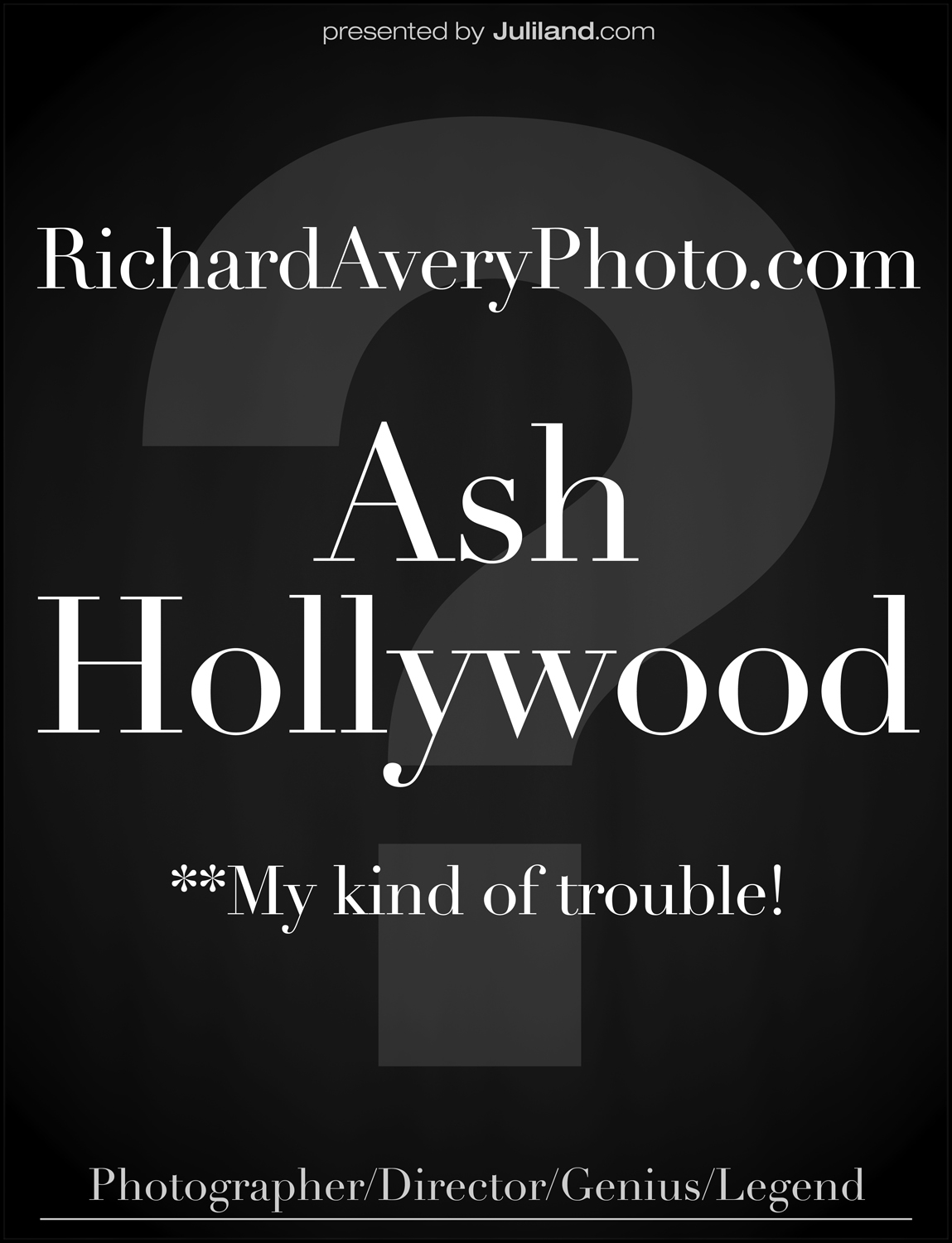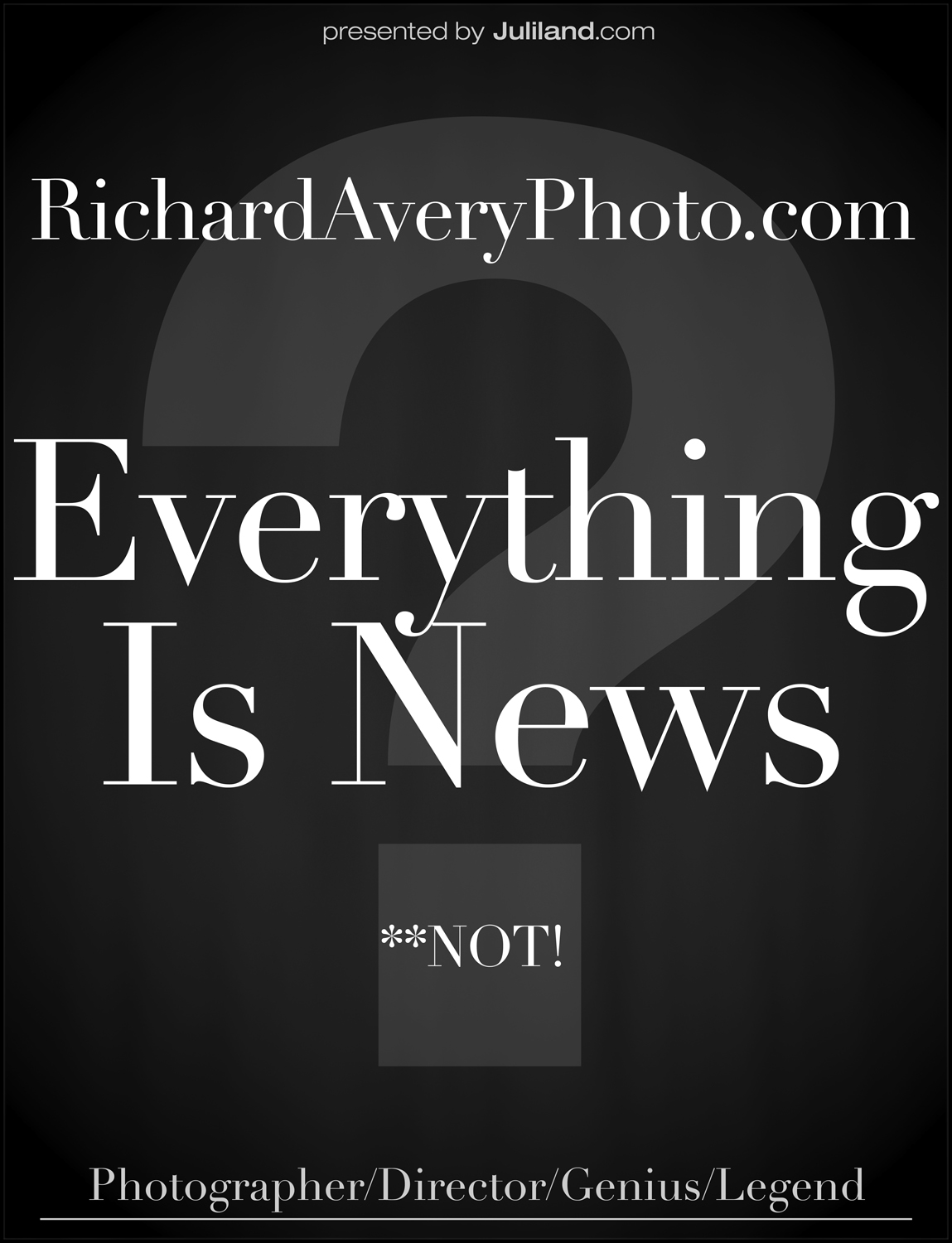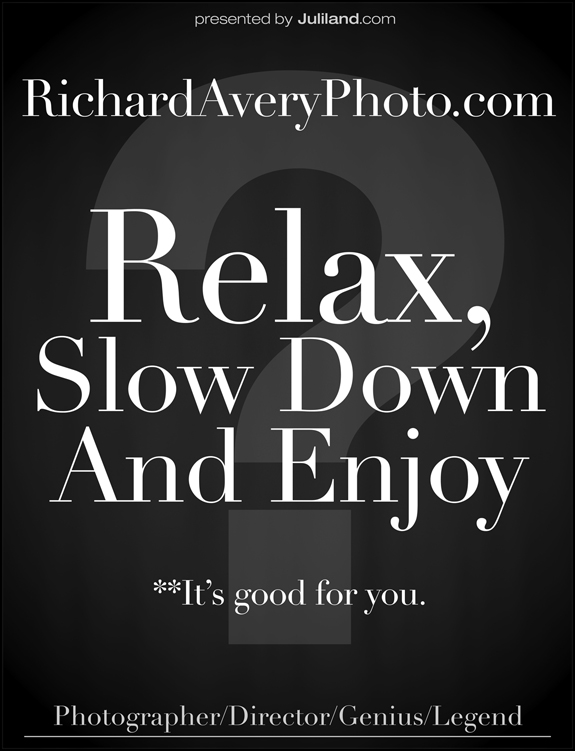 In the midst of watching your all-time favorite film, have you ever paused and considered why it received either a G, PG, PG-13, R or NC-17 rating? Believe it or not, a movie could be between an R and NC-17 rating just based on the amount of pelvic area shown or the number of times a person said, “Fuck.” The variances are imperceptible to our eyes, but to the Motion Picture Association of America, they stick out like a sore thumb.
In the midst of watching your all-time favorite film, have you ever paused and considered why it received either a G, PG, PG-13, R or NC-17 rating? Believe it or not, a movie could be between an R and NC-17 rating just based on the amount of pelvic area shown or the number of times a person said, “Fuck.” The variances are imperceptible to our eyes, but to the Motion Picture Association of America, they stick out like a sore thumb.
For those of you unacquainted to MPAA Rating System, here is a quick meet and greet:
PG-13 — Parents Strongly Cautioned. Some Material May Be Inappropriate For Children Under 13.
More than brief nudity will require at least a PG-13 rating, but such nudity in a PG-13 rated motion picture generally will not be sexually oriented. A motion picture’s single use of one of the harsher sexually-derived words, though only as an expletive, initially requires at least a PG-13 rating. More than one such expletive requires an R rating, as must even one of those words used in a sexual context.
R — Restricted. Children Under 17 Require Accompanying Parent or Adult Guardian.
An R-rated motion picture, in the view of the Rating Board, contains some adult material. An R-rated motion picture may include adult themes, adult activity, hard language, intense or persistent violence, sexually-oriented nudity, drug abuse or other elements, so that parents are counseled to take this rating very seriously.
NC-17 — No One 17 and Under Admitted.
NC-17 does not mean “obscene” or “pornographic” in the common or legal meaning of those words, and should not be construed as a negative judgment in any sense. An NC-17 rating can be based on violence, sex, aberrational behavior, drug abuse or any other element that most parents would consider too strong and therefore off-limits for viewing by their children.
As you can see, there isn’t much notable difference. But when a film is being released and receiving exposure, an unwanted rating (such as NC-17) could ultimately jeopardize the gross sales and profits. And of course, audience members are consequently limited. This means that thousands of hormonal boys were prohibited from seeing the premiere of Showgirls in 1995. Luckily for Elizabeth Berkley and her breasts, Showgirls was the first NC-17 rated film to be given a wide release in mainstream theaters.
Another 90’s classic that almost got the NC-17 stamp was Kimberly Pierce’s Boys Don’t Cry, a true story about male transgender, Brandon Teena, and his girlfriend, Lana Tisdel. The MPAA found a cunnilingus scene between the couple to be too provocative and so, Pierce was issued her very first NC-17 rating, an albatross that ultimately prevented the Brandon Teena story to be widely recognized. The issue with the scene itself was not in the act, but rather, the action that took place shortly after. Specifically, Hilary Swank (Brandon) is done doing the deed on Chloe Sevigny (Lana), and as he rises from her pelvic area, he wipes his mouth. Once Pierce removed the ‘wiping of the mouth scene,’ the film was given an R-rating and Hilary Swank won an Oscar for Best Actress in a Leading Role. I suppose is some circumstances, compromising one’s artistic vision and integrity can be beneficial
More recently, Lust, Caution has been branded as the go-to NC-17 film to watch. It’s in this movie that we see an extremely heated, squid-like sexual encounter between Tony Leung Chiu Wai (the John) and Tang Wei (the hooker). Unquestionably, the scene is very graphic, so much so that you can’t discern where one body begins and the other ends. But is this specific act of intercourse “pornographic” in nature? I believe that trying to answer a question such as this is as futile as trying to distinguish what should and should not be considered ‘art.’ In fact, it’s even as trivial as differentiating art from porn.
It seems that the MPAA is granted the right to protect virgin eyes from the obscene, innocence from corruption, and purity from porn. But what happens when these same children are being exposed to real adult content at an average age of 10 years old? Is it necessary then to brand truly non-threatening films such as Boys Don’t Cry as NC-17 worthy? And perhaps most importantly, is it advantageous to put our children’s best interests in the hands of an anonymous MPAA Board that is generally maintained by the government? I believe that as a functional society, we need structure, regulations and rating systems. But, it would be particularly lovely if they were free of politicians.
Yours truly,
Scarlett Stone
Follow Scarlett on Twitter!













Given all the media, technology and social networking that is available to us now a days,I really don’t see a need in a rating system anymore. If a person has any doubts as the whether a film is worth viewing or suitable for children all they have to do is a little research. If you don’t want your children exposed to certain things then be a parent, turn it off or don’t buy it and stay home and play board games!!
Take Care,
Sandra
Showgirls premiered in 1995.
However, you are absolutely right that the rating system is ridiculous. Imagine an art museum or library with age restricted exhibits. What is Picasso’s Guernica rated?
Besides, what are “adult situations” anyway? Whenever I hear that, I always think of people standing on line at a bank.